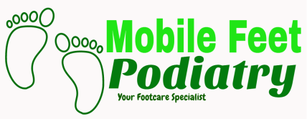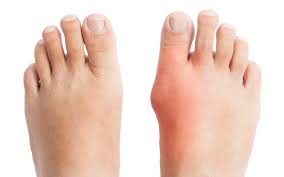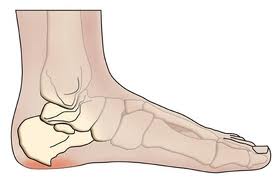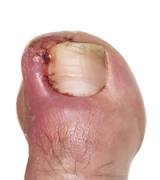Bunion also called Hallux Abductovalgus (HAV) is a condition of the big toe when it deviates from its normal position, going side way rubbing and eventually overlapping the second and subsequent toes and digits. The may be a the bony growth happening as well to the medial aspect of the forefoot.
There are different factors potentially contributing to bunion development. These include heredity factors, poor/tight footwear, high heeled shoes and poor foot mechanics.
While there is nothing can be done about heredity factors contributing to the bunion problem, however the modifiable factors such as wearing adequate footwear and correcting abnormal foot mechanics can be in our disposal to help manage the bunions problem and its associated symptoms.
As Podiatrists we are experts in bio-mechanics and human locomotion. Understanding this area of science gives us the knowledge to study the different forces which act on the feet, legs and other extremities. We recommend bunions to be treated sooner rather than later. Why? Because bunion is a progressive condition going from stage zero to one, two, three and four which is the last stage. Give us a call Today and discuss how we can help.
There are different factors potentially contributing to bunion development. These include heredity factors, poor/tight footwear, high heeled shoes and poor foot mechanics.
While there is nothing can be done about heredity factors contributing to the bunion problem, however the modifiable factors such as wearing adequate footwear and correcting abnormal foot mechanics can be in our disposal to help manage the bunions problem and its associated symptoms.
As Podiatrists we are experts in bio-mechanics and human locomotion. Understanding this area of science gives us the knowledge to study the different forces which act on the feet, legs and other extremities. We recommend bunions to be treated sooner rather than later. Why? Because bunion is a progressive condition going from stage zero to one, two, three and four which is the last stage. Give us a call Today and discuss how we can help.





 RSS Feed
RSS Feed